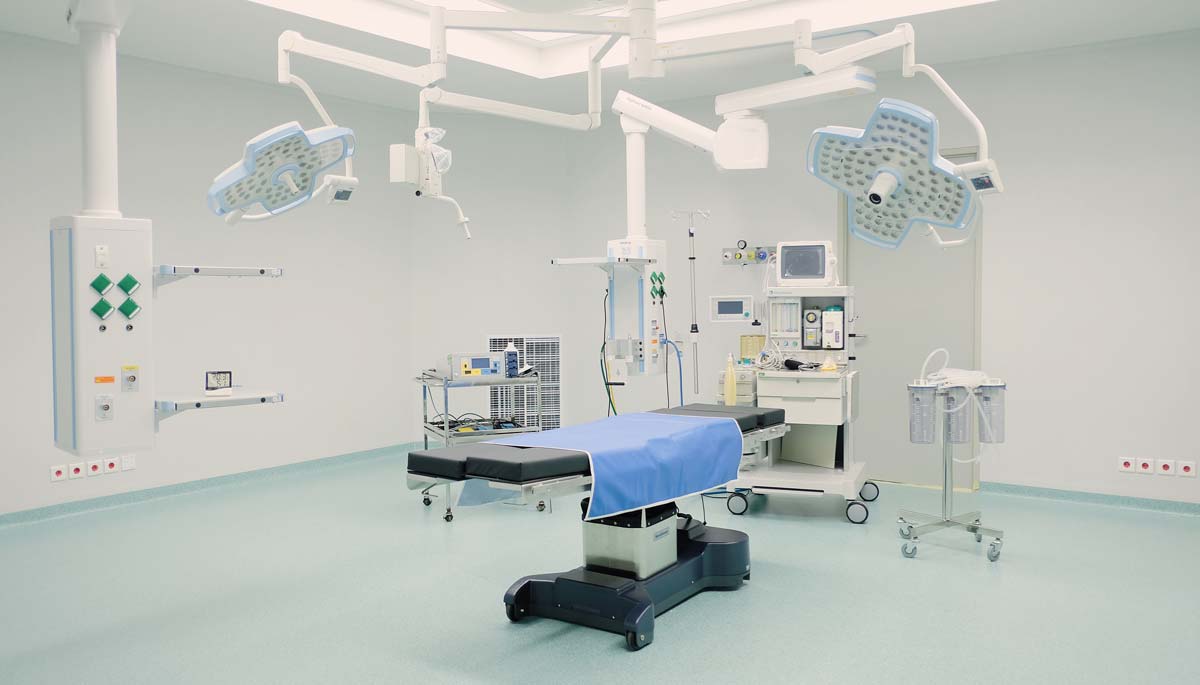
When someone suffers from disease in the abdominal or pelvic cavity. Identification and therapy often require surgical procedures, either by minimally invasive surgery / laparoscopy or by open surgery / laparotomy. But the main question is which one should we choose? Laparoscopy or Laparotomy? and why? Let's dive deeper to find out.
Gynecological laparoscopy is a procedure to diagnose and treat abnormalities or disorders that occur in the female reproductive system, especially disorders involving the uterus and ovary cells. Laparoscopic surgery, commonly known as minimally invasive surgery , is a surgical procedure that has been widely used in the medical field since 1975.
Minimally Invasive Surgery or Key Hole Surgery reduces trauma to the body caused by Conventional Open Surgery / Laparotomy, because the incisions made are much smaller (0.5 cm – 1.5 cm). This efficient procedure is carried out using sophisticated laparoscopic instruments which are inserted through 3 - 4 small incisions on the surface of the abdomen, where the surgeon will be able to see the internal organs in detail and carry out the surgical procedure well due to optimal visualization. Once the procedure is complete, the small incision is stitched, leaving a slightly visible scar.

Minimally invasive surgery / Laparoscopy can be used for diagnostic purposes and various types of surgery and procedures in various disciplines such as Surgery, Urology, Gynecology, even becoming the "Gold Standard" for various gynecological procedures such as tubal ligation, removal of ovarian cysts, removal of ovaries, treatment ectopic pregnancy, hemorrhagic rupture of cysts, exploration of chronic pelvic pain, infertility, treatment of endometriosis, removal of myomas to removal of the uterus / hysterectomy, apart from that for the treatment of pelvic organ prolapse, urinary incontinence and even gynecological cancer.
Laparoscopy technique has advantages including:
- The risk of complications is small
- Faster recovery time
- Minimizes pain
- Shortens hospitalization time
- Better aesthetic results. With laparoscopy, the surgeon usually only requires four small incisions. This small incision ensures that the patient does not feel as much pain during the operation and afterward, so less analgesia (pain medication) is required.
- Less post-operative scarring
- Laparoscopy ensures less blood loss, e.g. reduce bleeding
- Reduced incidence of anemia and need for blood transfusions during and after surgery
- Reduced unwanted side effects of analgesia.
- The risk of infection during laparoscopy is minimal because internal organs are not exposed much to the external environment.
According to Dr. Aries Joe, Sp.OG, DMAS , Obstetrics and Gynecology Specialist at EMC Pulomas Hospital, with the advantages mentioned above, patients no longer need to worry about treating tubal ligation, removal of ovarian cysts, removal of ovaries, treatment of ectopic pregnancy, hemorrhagic rupture of cysts, pain exploration chronic pelvic pain, infertility, endometriosis treatment, myoma removal and uterus removal/hysterectomy.
